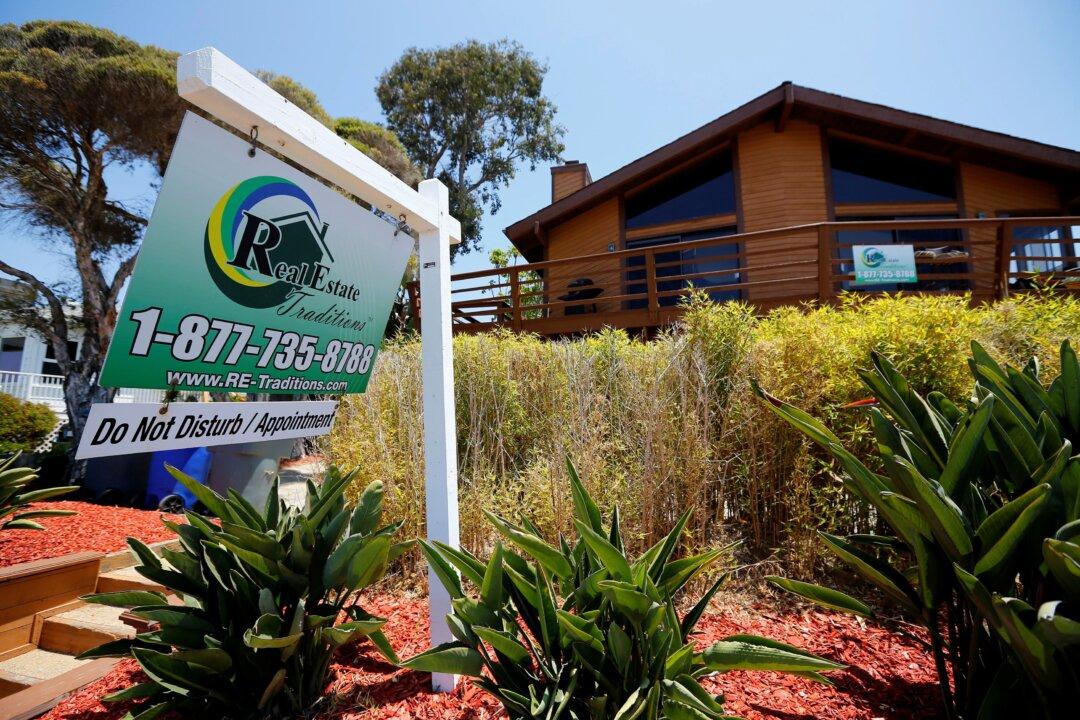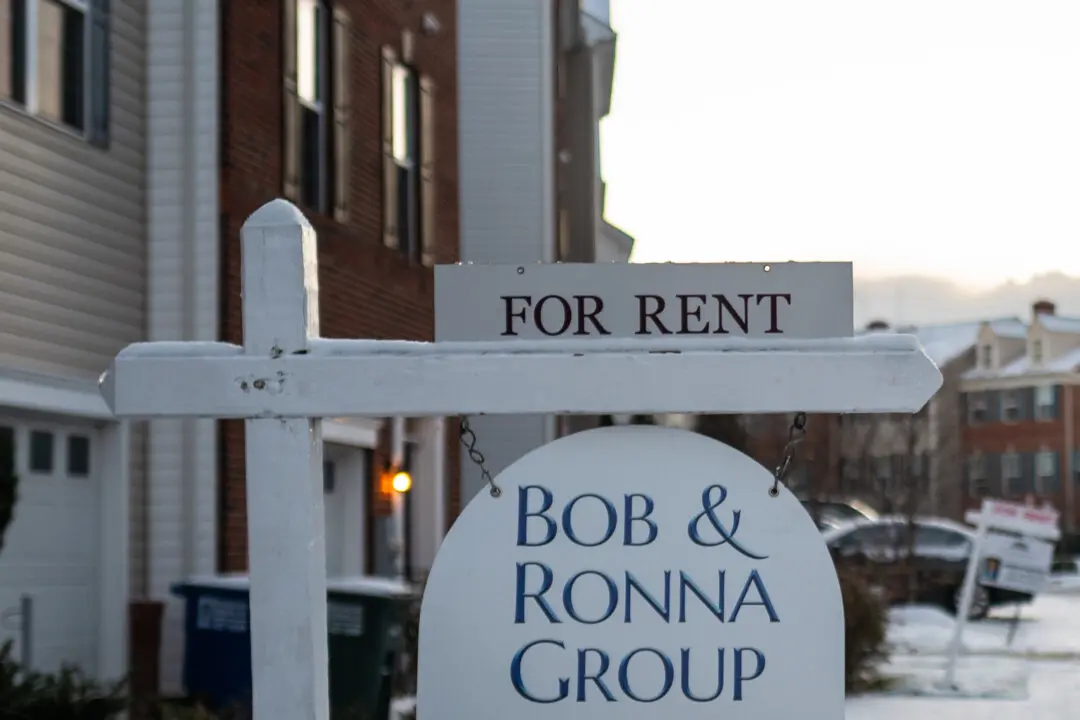Homebuilder confidence inched toward the highest reading of the year despite product shortages and a 39-year-high inflation rate that has prompted the Fed to halt aggressive pandemic-era stimulus programs.
Strong consumer demand for housing, combined with limited existing inventory, buoyed homebuilder confidence as the Dec. 15 NAHB/Wells Fargo Housing Market Index (HMI) showed the ticker move one point higher to 84, tying in with February’s rate. This is the fourth consecutive month of increase since 75 in August. However, there are persistent issues affecting the supply chain and the ability of builders to deliver properties.





